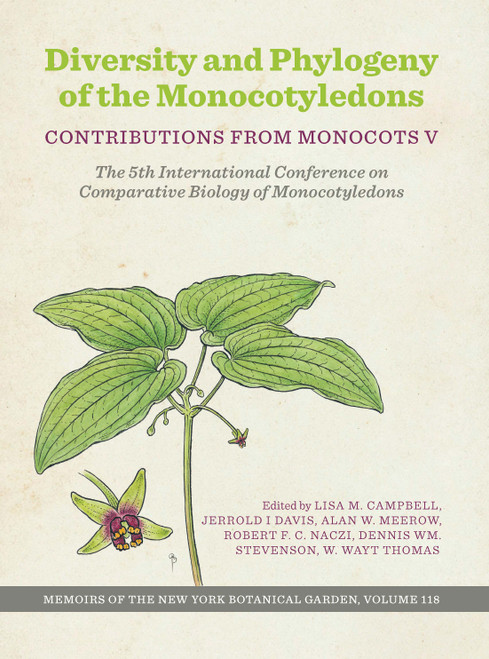This purchase only includes chapter 5 of this title.
The aloes are a major group of Old World succulents, comprising over 600 taxa in the genera Aloe, Aloiampelos, Aloidendron, Aristaloe, Gonialoe, and Kumara. Together with Astroloba, Gasteria, Haworthia, Haworthiopsis, and Tulista, they comprise a group known collectively as the alooids, after a Dahlgrenian concept, within Xanthorrhoeaceae subfam. Asphodeloideae. All alooids are, to varying extents leaf succulents and many exhibit other features typical of plants adapted to drought-prone environments, such as a waxy cuticle and sunken stomata. The alooids share a southern African center of diversity, and Aloe is the most widespread of the representatives, as it is found throughout the Arabian Peninsula, Africa, Madagascar, and on islands in the western Indian Ocean. Members of the related genera of Xanthorrhoeaceae subfam. Asphodeloideae occur more widely in Africa, Asia, Australia, and New Zealand. Significant progress has recently been made toward a well-resolved phylogeny of the alooids, resulting in changes to the circumscription of the two most speciose genera, Aloe and Haworthia. The extensive literature on aloes and related genera is reviewed here in the context of recently defined generic concepts, in order to highlight current understanding of the biology, conservation concerns, and research questions, for this charismatic group.










